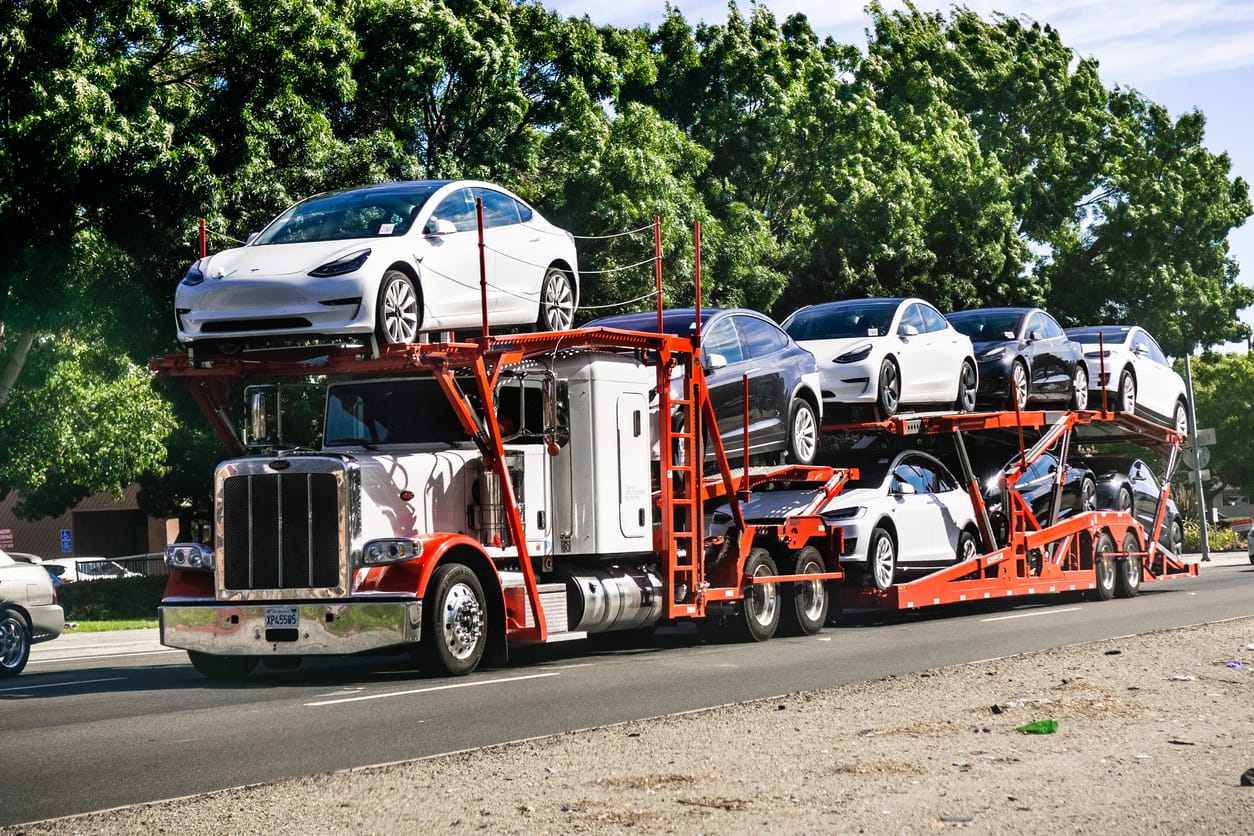Introduction
Setting the wheels in motion for a cross-country move often involves numerous logistical challenges. One such hurdle is transporting your car to your new home. In this comprehensive guide, we will navigate through the ins and outs of cross-country car shipping, touching on everything from preparation to shipping options to laws governing each state.
Determining Shipping Needs
Understanding the Basics
Identifying the right shipping service largely depends on your unique requirements. This includes your budget, the type of vehicle you’re transporting, and the timeline of your move. For instance, those moving classic or luxury vehicles might prefer enclosed transport for added protection, while those on a tighter budget may opt for open transport.
Shipping Options
The two primary car shipping options are open transport and enclosed transport. Open transport is the most common and cost-effective method, but it leaves your car exposed to the elements. On the other hand, enclosed transport offers more protection but comes at a higher cost.
The Role of Time and Seasonality
Seasonality and timing play significant roles in the car shipping process. Summer months often come with higher rates due to increased demand. By contrast, shipping during off-peak times like late fall or early spring can help secure lower prices.
State-to-State Specifics
Car shipping laws and regulations can vary greatly from state to state. It’s crucial to understand these variations to ensure a smooth transition.
California: Stringent Emissions Regulations
California is known for its stringent emissions standards. If you’re shipping your car into this state, it must meet specific emissions requirements to be legally registered. Ensure your vehicle is in compliance to avoid fines or penalties.
New York: Use of Toll Roads
If you’re shipping to or from New York, be aware that the state’s extensive toll road system might slightly increase the cost of transport. The shipping company typically includes these charges in the total shipping cost.
Texas: The Wide State Factor
Given the vast geographical expanse of Texas, shipping costs can be higher due to the longer distances involved, especially when shipping from or to cities located at the state’s edges.
The Process of Shipping a Car
Preparing Your Vehicle
Thorough preparation can significantly streamline the car shipping process. This includes removing personal belongings, performing a thorough clean, and documenting any existing damage with photographs for future reference.
Pick-up and Delivery
Upon pick-up, the driver will conduct an inspection and note any existing damage on the Bill of Lading. On delivery, a similar inspection is carried out. It’s essential to check your vehicle thoroughly upon delivery to ensure any potential damage incurred during transport is accounted for.
Costs Involved
Factors Influencing Cost
Several factors influence the cost of shipping a car cross-country, including the size and weight of the vehicle, the distance to be covered, and the chosen transport method. Additionally, external factors such as fuel prices and toll costs can also impact the final quote.
Obtaining a Quote
Obtaining a quote from multiple car shipping companies can ensure you receive a fair price. Most companies provide free online quotes, enabling you to compare rates effortlessly. Remember, the cheapest quote might not always provide the best service, so consider factors like company reputation and customer reviews.
Insurance and Liability
Importance of Insurance
Insurance coverage is a critical aspect of car shipping. Ensure your chosen shipping company carries sufficient liability insurance to cover potential damages during transit. Additionally, it’s prudent to check with your own insurance provider to understand what is and isn’t covered by your policy during the transport.
Understanding Your Rights and Responsibilities
As a customer, you have specific rights and responsibilities during the shipping process. Familiarize yourself with these, including the right to be present during inspections and the responsibility to prepare your car properly.
Conclusion
Navigating the complexities of cross-country car shipping can seem daunting, but with a clear understanding of your shipping needs, state-specific regulations, costs involved, and the importance of insurance, you can ensure your car’s journey is a smooth one. Remember, thorough preparation and a reputable shipping company are key to a successful car shipping experience.
FAQ
1. Is it better to drive my car cross-country or have it shipped?
Shipping your car is often more convenient and less wear-and-tear on the vehicle compared to driving it cross-country, especially for long distances. However, the choice ultimately depends on your personal preferences, budget, and timeline.
2. How long does it take to ship a car cross-country?
The time taken to ship a car cross-country varies depending on factors like distance, shipping method, and the shipping company’s schedule. Typically, it can take anywhere from 1 to 2 weeks.





